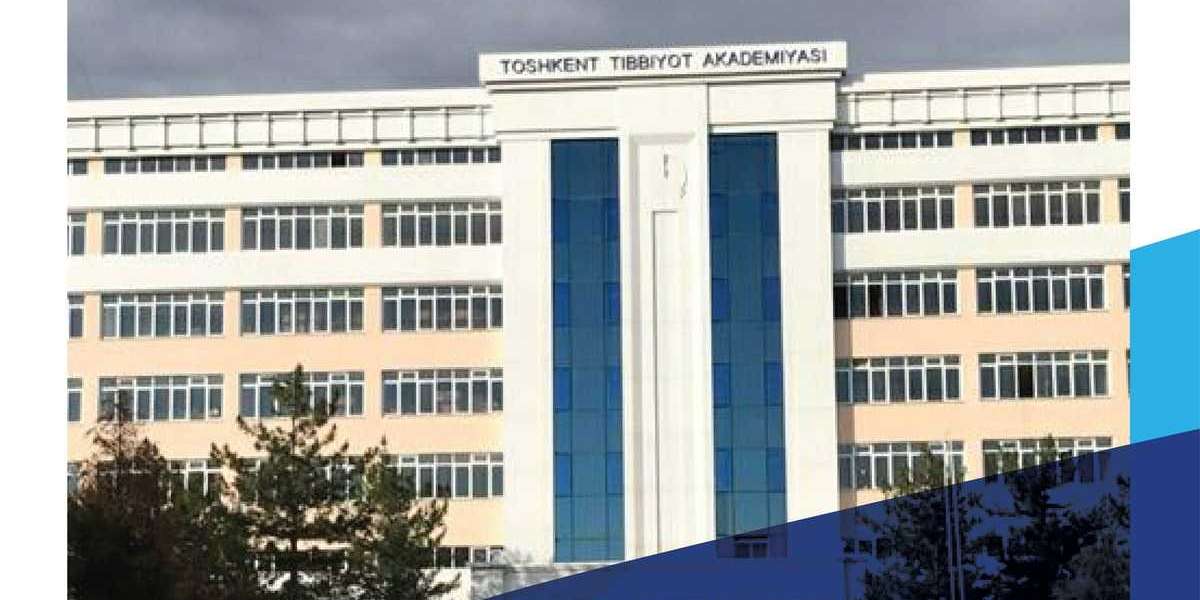Tashkent Medical Academy (TMA) stands out as a leading institution for medical education in Central Asia, known for its comprehensive curriculum that effectively blends theoretical knowledge with practical training. This integration is essential for developing competent healthcare professionals who are not only well-versed in medical science but also capable of applying their knowledge in real-world clinical settings. This article explores how TMA achieves this integration through its curriculum design, teaching methodologies, and hands-on training opportunities.
A Comprehensive Curriculum Framework
At Tashkent Medical Academy, the curriculum is meticulously structured to encompass both the foundational and advanced aspects of medical education. The academic programs, including the Bachelor of Medicine and Bachelor of Surgery (MBBS), nursing, and dentistry, are designed to provide a balanced education that meets international standards.
1. Theoretical Knowledge
The theoretical component of the curriculum lays the groundwork for students to understand essential medical concepts. This involves a wide range of subjects, including:
Basic Sciences: Courses in anatomy, physiology, biochemistry, and pharmacology form the backbone of medical education. Students gain a thorough understanding of the human body and its functions, which is crucial for diagnosing and treating diseases.
Clinical Sciences: As students progress, they delve into clinical subjects such as internal medicine, surgery, pediatrics, and obstetrics. These courses combine lectures, seminars, and case studies, allowing students to apply their theoretical knowledge to clinical scenarios.
Ethics and Professionalism: Understanding medical ethics, patient rights, and professional conduct is integral to TMA's curriculum. This prepares students to face the ethical dilemmas they may encounter in their practice.
Practical Training: A Cornerstone of Medical Education
While theoretical knowledge is vital, Tashkent Medical Academy recognizes that practical training is equally essential for developing competent healthcare professionals. The integration of hands-on experience is woven throughout the educational journey, ensuring students can apply their knowledge in real-world settings.
2. Clinical Rotations
One of the key features of TMA's curriculum is its emphasis on clinical rotations. Beginning in the later years of the undergraduate program, students are placed in various healthcare settings, including hospitals, clinics, and community health centers. During these rotations, students:
Observe Experienced Practitioners: Students work alongside qualified doctors and specialists, observing patient interactions, diagnoses, and treatment plans. This exposure helps them understand the dynamics of patient care.
Engage in Patient Care: Under supervision, students participate in patient assessments, taking medical histories, conducting physical examinations, and developing preliminary treatment plans. This hands-on experience reinforces their theoretical knowledge and builds clinical skills.
Interdisciplinary Learning: Clinical rotations often involve collaboration with other healthcare professionals, such as nurses, pharmacists, and therapists. This interdisciplinary approach fosters teamwork and enhances the understanding of holistic patient care.
3. Simulation-Based Learning
In addition to clinical rotations, TMA employs simulation-based learning as a powerful tool for integrating theory and practice. Simulation labs equipped with advanced technology allow students to practice skills in a controlled environment. Key aspects include:
Realistic Scenarios: Students engage in simulated medical scenarios, ranging from basic procedures to complex emergency situations. These simulations help bridge the gap between classroom learning and actual patient care.
Skill Development: Through repeated practice, students develop technical skills, such as suturing, venipuncture, and basic life support. This hands-on training builds confidence and competence before they interact with real patients.
Feedback and Reflection: After each simulation, instructors provide feedback, allowing students to reflect on their performance and identify areas for improvement. This reflective practice is crucial for continuous learning and professional growth.
Research and Community Engagement
Tashkent Medical Academy also emphasizes the importance of research and community engagement as part of its curriculum, further integrating theoretical knowledge with practical application.
4. Research Opportunities
Students are encouraged to participate in research projects, which not only enhance their understanding of medical concepts but also develop critical thinking and analytical skills. Engaging in research allows students to:
Explore Real-World Issues: Research topics often address current healthcare challenges, enabling students to apply their theoretical knowledge to real-world problems.
Contribute to Medical Knowledge: By conducting research and presenting their findings, students contribute to the body of medical knowledge, fostering a spirit of inquiry and innovation.
5. Community Health Initiatives
TMA recognizes the significance of community health and encourages students to engage in outreach programs. These initiatives involve:
Health Camps and Screenings: Students participate in health camps, providing preventive care, health education, and screenings in underserved communities. This experience enhances their understanding of public health and the social determinants of health.
Patient Education: Engaging with the community allows students to practice communication skills and educate patients about health promotion, disease prevention, and healthy lifestyle choices.
Faculty Involvement and Mentorship
The integration of practical training and theoretical knowledge at Tashkent Medical Academy is further supported by dedicated faculty members who play a crucial role in mentoring students. Faculty members:
Facilitate Learning: Professors and instructors are actively involved in both theoretical and practical training, ensuring that students receive comprehensive guidance throughout their educational journey.
Encourage Critical Thinking: Faculty promote an interactive learning environment, encouraging students to ask questions, engage in discussions, and think critically about medical concepts and their applications.
Provide Support: Faculty members offer mentorship and support, helping students navigate the challenges of medical education and career planning.
Conclusion
Tashkent Medical Academy’s commitment to integrating practical training with theoretical knowledge sets it apart as a leading institution for medical education. Through a well-structured curriculum, clinical rotations, simulation-based learning, research opportunities, and community engagement, TMA ensures that students are well-prepared to face the challenges of the healthcare profession. This holistic approach not only fosters competence and confidence in aspiring medical professionals but also instills a lifelong passion for learning and service. As healthcare continues to evolve, Tashkent Medical Academy remains dedicated to producing graduates who are equipped to make meaningful contributions to the field and improve patient outcomes worldwide.







